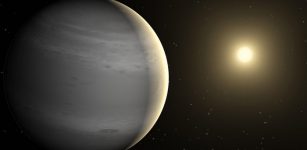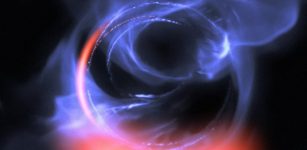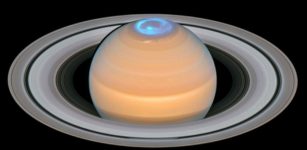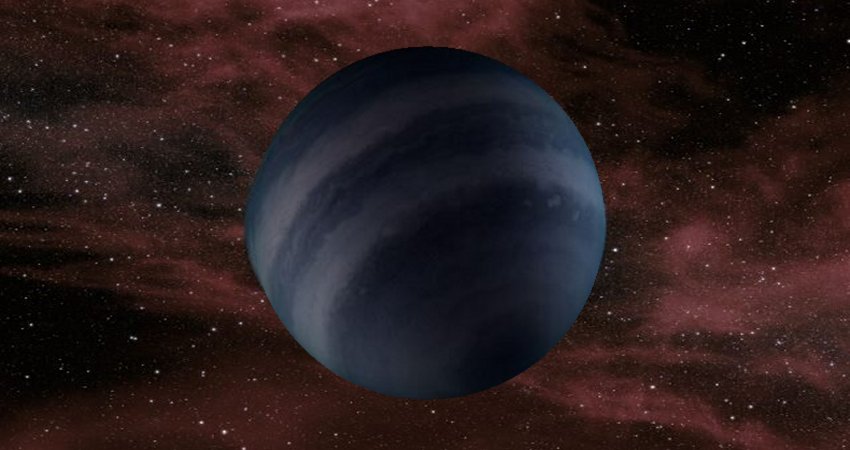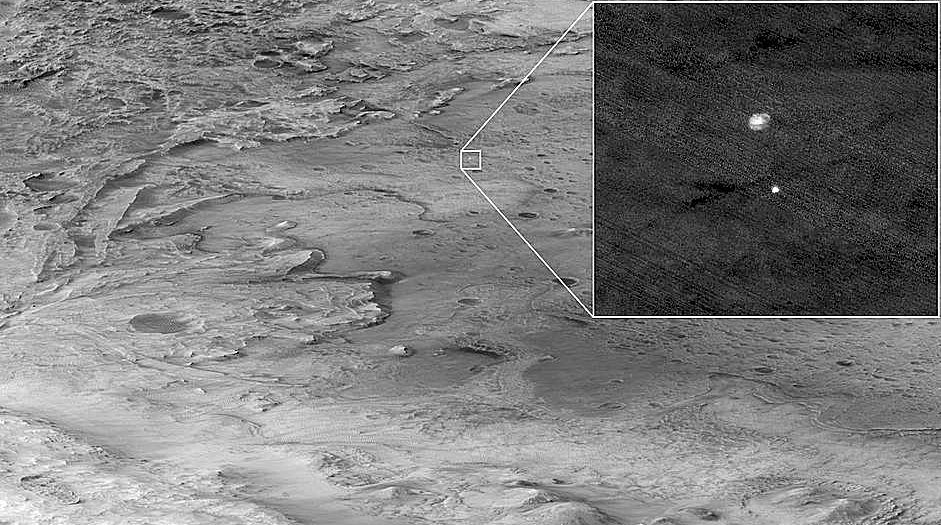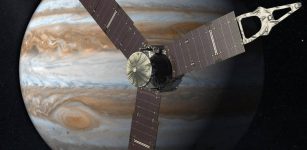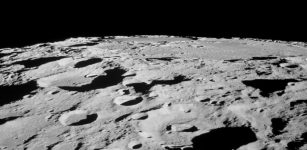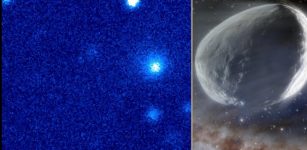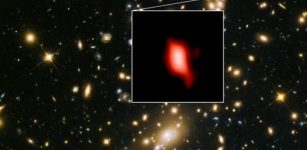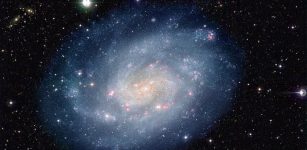Hubble Presents: Elusive, Irregular Galaxy IC 10 Located 2.2 Million Light-Years Away
Eddie Gonzales Jr. – MessageToEagle.com – This image shows an irregular galaxy named IC 10, a member of the Local Group — a collection of over 50 galaxies in our cosmic neighborhood that includes the Milky Way.
Two massive bright spirals, the Milky Way and the Andromeda Galaxy (M31, NGC 224), dominate the Local Group, as gravitationally-bound group of about 40 galaxies. The Local Group, of which the total membership remains uncertain, spans a volume approximately 10 million light years in diameter.
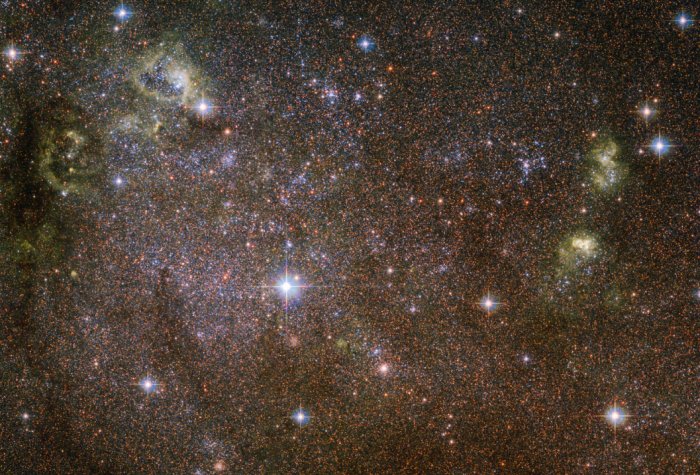 An irregular galaxy, IC 10 about 2.2 million light-years. Credit: NASA, ESA and F. Bauer
An irregular galaxy, IC 10 about 2.2 million light-years. Credit: NASA, ESA and F. Bauer
The Triangulum galaxy (M33, NGC 598), is a smaller but prominent spiral which (under very dark, clear conditions) is the most distant naked-eye object visible.
The rest of the Group is made up of smaller, fainter dwarf galaxies, many of which are satellites of the Milky Way or M31. However, the group is very dynamic and membership of the Group is probably changing over time as galaxies interact with, and move between, other groups in neighborhood.
IC 10 is a remarkable object. It is the closest-known starburst galaxy, meaning that it is undergoing a furious bout of star formation fueled by ample supplies of cool hydrogen gas.
This gas condenses into vast molecular clouds, which then form into dense knots where pressures and temperatures reach a point sufficient to ignite nuclear fusion, thus giving rise to new generations of stars.
As an irregular galaxy, IC 10 lacks the majestic shape of spiral galaxies such as the Milky Way, or the rounded, ethereal appearance of elliptical galaxies.
It is a faint object, despite its relative proximity to us of 2.2 million light-years. In fact, IC 10 only became known to humankind in 1887, when American astronomer Lewis Swift spotted it during an observing campaign. The small galaxy remains difficult to study even today, because it is located along a line-of-sight which is chock-full of cosmic dust and stars.
A version of this image was entered into the Hubble’s Hidden Treasures image processing competition by contestant Nikolaus Sulzenauer, and went on to win 10th prize.
Written by Eddie Gonzales Jr. – MessageToEagle.com Staff

